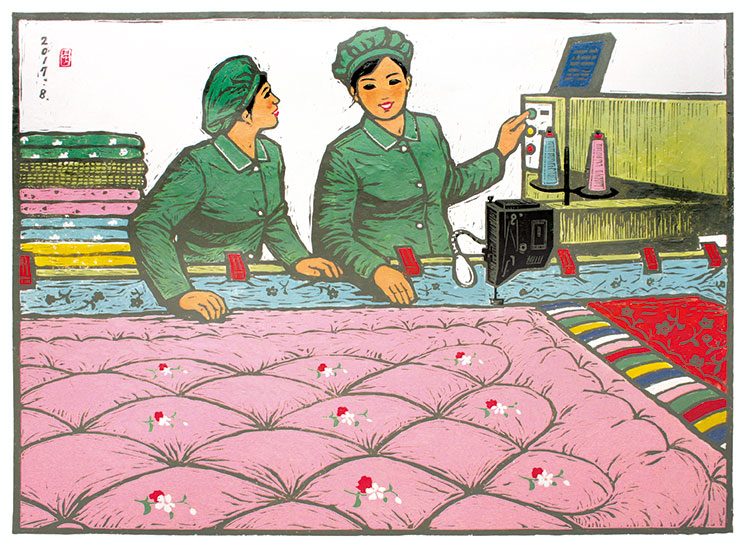
Industry in North Korea is a little bit different. . .
Who doesn't love a well turned out lathe? Or a professionally run ammonium sulphate production factory? In the DPRK even an espresso machine can be deemed heroic - and it's all led to some strange but beautiful artworks
In North Korea, industrial production is more than a figure in the country's annual economic calculations. Factories, foundries and other production facilities are a central part of the state’s sense of itself.
As our new book, Printed in North Korea: The Art of Everyday Life in the DPRK, makes clear, the country’s future leader, Kim Il-sung, after the overthrow of occupying Japanese forces in 1945, chose to visit a local steelworks before stopping in to see his own family.
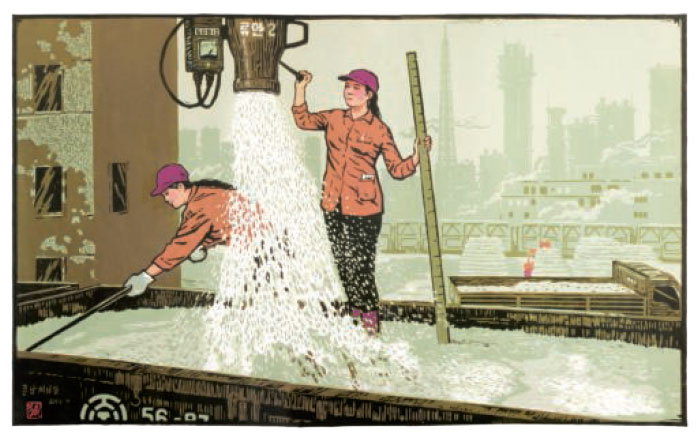
This prizing of industrial prowess is apparent in the popular prints artists have been producing in the republic for decades. The Western art world may have provided us many, many beautiful visual treats, but it was DPRK artists that chose to lionize two girls hard at work in an ammonium sulphate production factory – the key ingredient in agricultural fertilizer. As the caption for Hungnan Girls explains, “In this industrial heartland the people are regarded as being tougher than those in Pyongyang because of their engagement in heavy industry.”
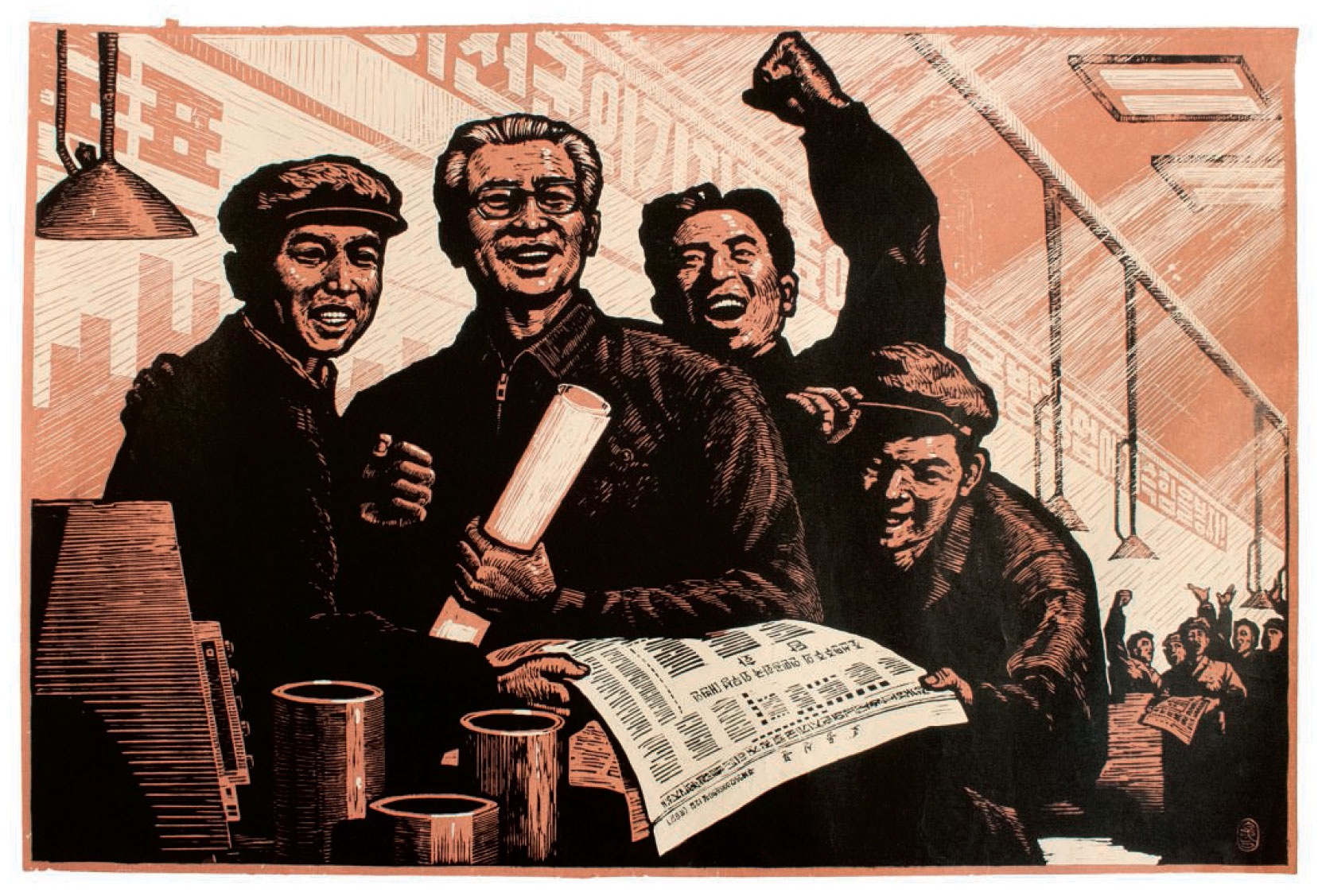
And it's not only workers who can perform heroic feats in this country. As our new book explains,” In the 1960s, there was a movement to ‘model oneself after the twenty-sixth lathe’ when it was deemed that the twenty-sixth lathe in a particular textile factory was found to have been kept in excellent condition,” explains the text in Printed in North Korea. “Even today ‘No. 26’ awards are given to well-managed and maintained machines. Even individual pieces of equipment can receive awards for years of service or performance - hero elevators, hero air-conditioners, and in one of the tourist hotels there is even a hero Italian-made espresso coffee machine.”
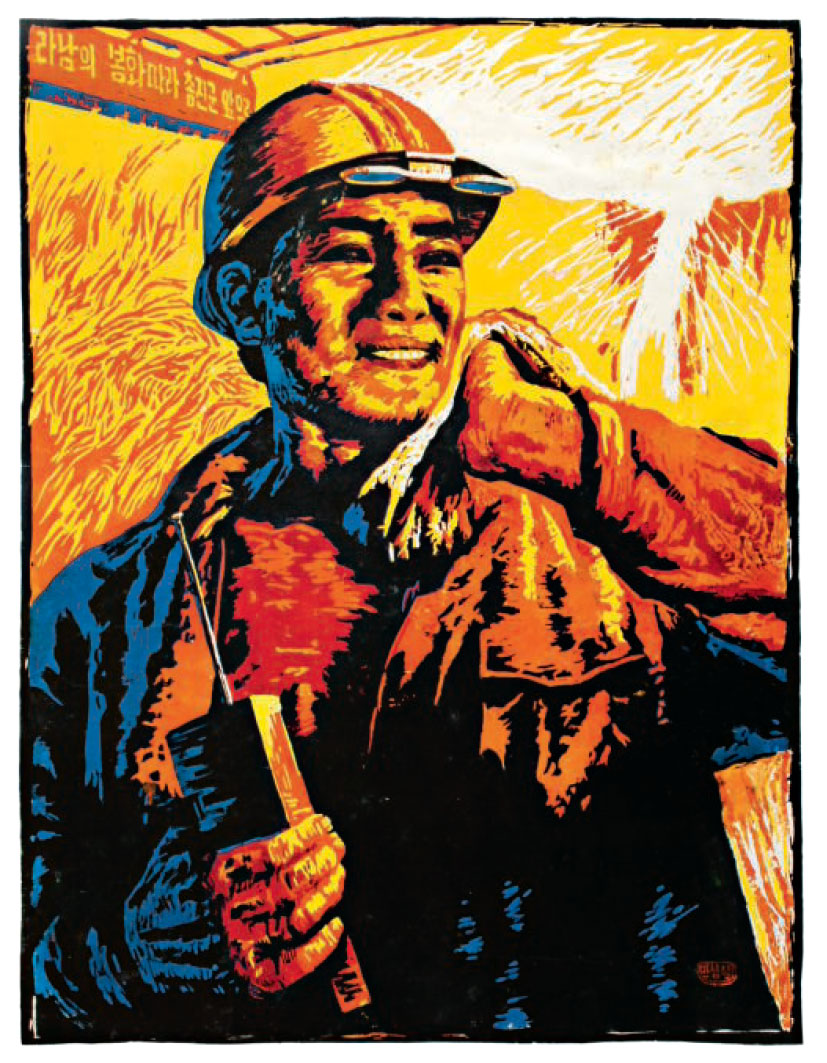
Yet, while these scenes of heavy industry are supposed to capture a sense of progression and development, certain details in the pictures, such as this 1971 image, Our Factory, by Pang Son Hwa (below), actually highlight some of the country’s shortcomings.
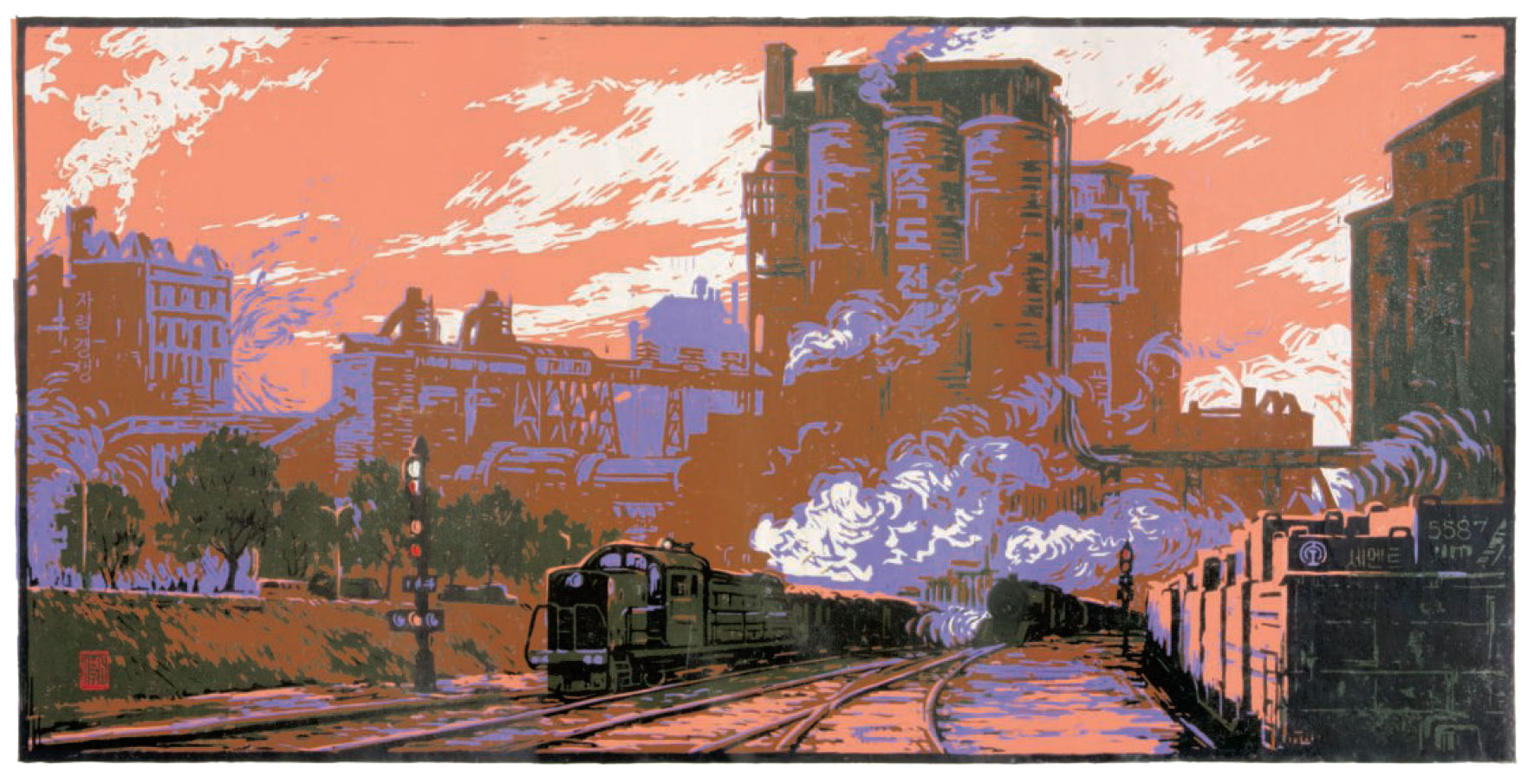
“There are still active steam trains in the DPRK, many of them dating back to the 1930s, and they are used mainly in mines and in locations like the Sunchon Cement Plant shown here,” explains our new book, “one of the most famous and iconic industrial sites in the country.”
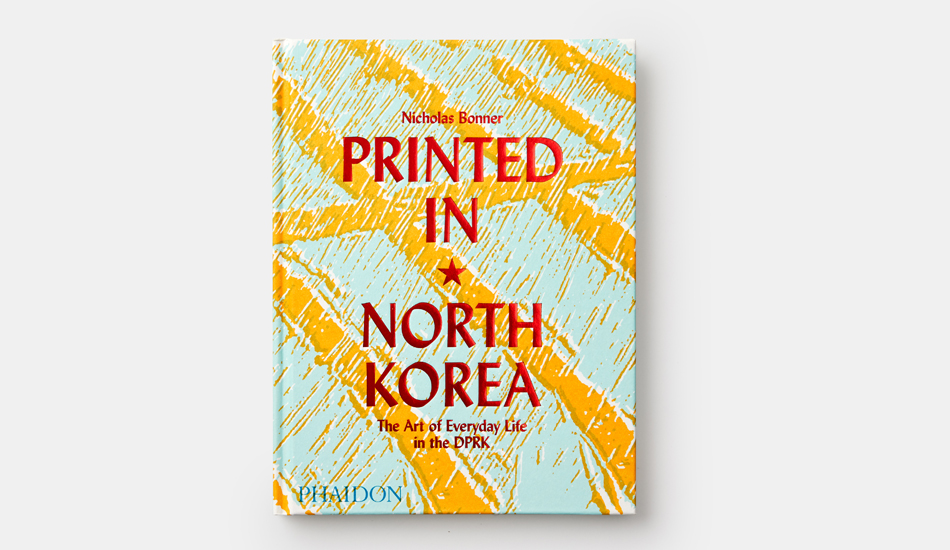
For more singular images from this closed state, order a copy of Printed in North Korea here.